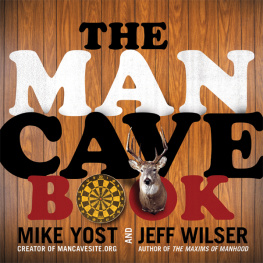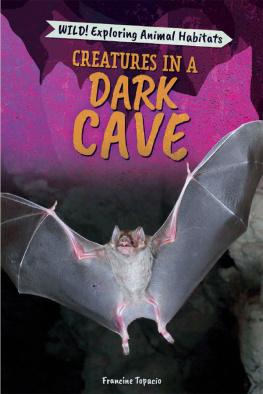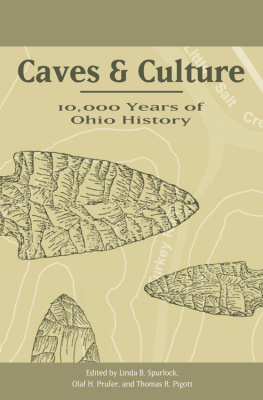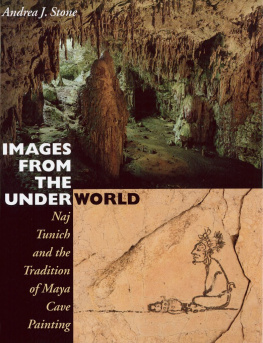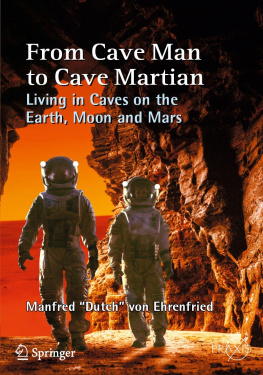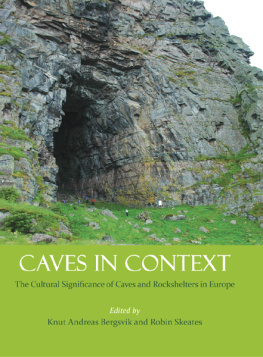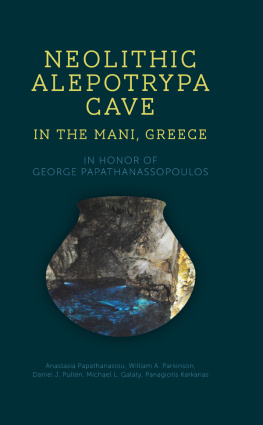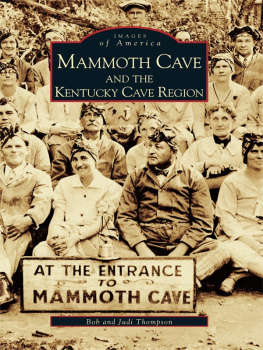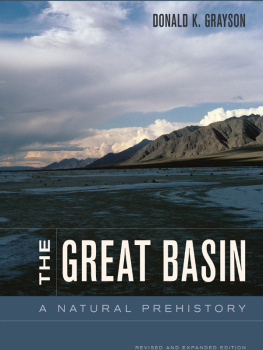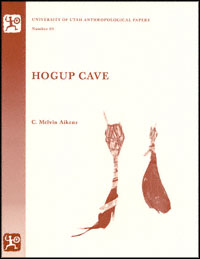| The purpose of this preface is to acknowledge the contributions of the many persons and institutions who have participated in one or another aspect of the Hogup Cave excavations. |
| The Hogup Cave excavation is a segment of a general design for exploration of the prehistory of a part of western North America that was conceived over 20 years ago by Jesse D. Jennings and has been prosecuted under his direction continuously since that time. The work here reported was initiated and supported by him and was carried out under his cognizance. I wish to acknowledge also a personal debt to Professor Jennings, who, over a number of years past and in periodic visits during the two seasons of work at Hogup Cave, has shared with me his experience and insight into the problems and procedures of scientific research, and from whom I have learned an attitude toward the discipline of archeological investigation. Many of the ideas embodied in this monograph ultimately derive from him or have been shaped under the influence of his comments and questions. |
| Funds for the excavation and analysis were provided by a generous grant from the National Science Foundation (GS652, GS1465, and GS2382) and by timely grants from the Wenner-Gren Foundation for Anthropological Research and the University of Utah Research Committee. The Department of Anthropology, University of Utah, provided equipment, space, and other support. |
| Special facilities and/or comparative collections utilized in the several analyses of ancillary data reported in appendices I-X were provided by the U.S. Forest Service Intermountain Forest and Range Experiment Station, Great Basin Experimental Area, Ephraim, Utah; the departments of Botany and Zoology, University of Utah; the Department of Geochronology, University of Arizona; the Illinois State Museum; the Royal Ontario Museum; the Missouri Botanical Garden; Louisiana State University, Baton Rouge; and Washington University, St. Louis, Missouri. |
| Permission to excavate Hogup Cave and to establish a field camp nearby was granted by Mr. Roy Austin, owner of the land on which the site is located. To him is due special thanks; none of the work here reported would have been possible without his generous and friendly support. |
| Hogup Cave, though previously recorded in the Utah Statewide Archeological Survey files, was brought to my attention by the late A. R. Standing, who conducted me to the site in late 1964, when I was employed by the Statewide Archeological Survey. I regret that he cannot see these results of his timely interest and efforts. |
| Excavation was carried out between June 26 and August 15, 1967, and between June 15 and August 20, 1968. The men who did the work of the 1967 season are Gary F. Fry, David J. Steele, Patrick Sweeny, Dixon Hindley, Lee McQuillan, Joseph Winter, and Tom Cloyd. For all or part of the 1968 season the excavators were David B. Madsen, Douglas Smith, Gardiner F. Dalley, Roderick Ross, John A. Senulis, Peter L. Steere, John W. Perryman III, and Brian Averill. Digging at Hogup Cave was exciting, but it was also hard work under less than ideal conditions; and the sustained interest, enthusiasm, and efficiency of all these men was remarkable. |
| During both seasons the site was visited by a number of scholars and specialists who, by their observations and comments and in some cases also by formal studies (Appendices, this report), contributed importantly to understanding of the site and its surroundings. A fre- |
|


